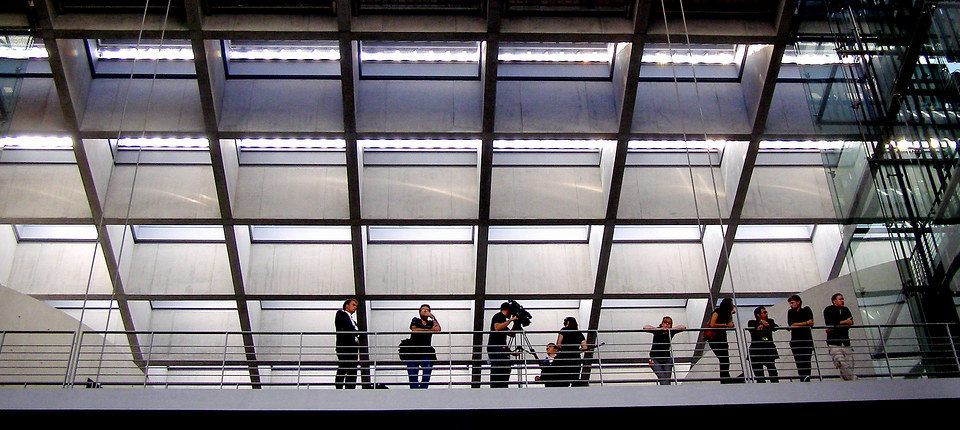There is no crystal ball that businesses can use to see the exact IT problems and opportunities that they will encounter each year. However, by looking at past and present IT trends, they can get a sense of where IT is heading and how the new direction might affect their business.
Here are four trends that IT experts are predicting will affect businesses in 2017 and how businesses should prepare for them:
1. Cyberattacks Will Be Smaller and More Personal
"Small is the new big" when it comes to cyberattacks, according to Proofpoint. Smaller, more personalized malware attacks will increase in number and sophistication in 2017.
For example, exploit kits will give way to what Proofpoint refers to as "human kits". In the past, hackers have often distributed malware using exploit kits, which take advantage of software and hardware vulnerabilities. However, exploit kits are becoming less effective, partially because more businesses are now regularly patching their software and hardware. Consequently, cybercriminals will be putting more effort into fooling humans. They will increasingly use spear phishing emails, social engineering ploys, targeted malvertising, and other techniques to try to trick individuals into infecting their computers with malware.
Unfortunately, the focus on smaller, more personalized malware attacks does not mean you no longer have to worry about high-volume ransomware campaigns, exploit kits, and other traditional attacks. You need to prepare for all types of cyberattacks to protect your business.
2. Migrating to the Cloud Will Be Easier
Thanks to mega cloud providers like Amazon, Microsoft, and IBM, migrating to the cloud will be easier. Forrester predicts that these mega providers will improve their lift-and-shift tools in 2017. These tools replicate in-house applications in the cloud without redesigning them, making it cheaper and less time-consuming for companies to move their programs and data to the cloud.
The improved lift-and-shift tools will help accelerate the rate of migration to public clouds. Forrester predicts that the migration rate will accelerate faster in 2017 than in previous years. By year end, the company expects the global public cloud market to reach $146 billion (USD).
With migration becoming easier and the public cloud market expanding, now is a good time to consider moving some of your applications and data to the cloud. The first step is learning about your options so that you can determine the best way to realize the full benefits of cloud computing.
3. Malware Attacks against Mobile Devices Will Continue to Rise, Resulting in More Network Breaches
The number of malware attacks against mobile devices rose sharply in 2016 and will continue to rise in 2017, according to McAfee Labs and Proofpoint. The leading threats will be ransomware, banking trojans, and remote access tools.
Because so many employees use their own personal mobile devices for work, the rise in malware attacks will put businesses at risk. Check Point Software Technologies predicts that one in five employees will cause network breaches. Unknowingly, the employees will either infect the networks with malware that was on their mobile devices or expose network credentials when they log in to their companies’ networks while using malicious Wi-Fi hotspots. So, if your business allows employees to use their personal mobile devices for work, you should consider creating a Bring Your Own Device (BYOD) policy that addresses security concerns.
4. IoT Market Will Expand, Bringing Opportunities and Challenges for Businesses
In 2017, businesses will increasingly use Internet of Things (IoT) devices to turn off lights, control thermostats, report low inventory, monitor equipment for problems, and perform other tasks. Part of the appeal of using these devices is saving money. For instance, using IoT devices for predictive maintenance can often provide businesses with 10 to 20 percent savings compared to using a preventive maintenance approach, according to Gartner. With preventive maintenance, a schedule dictates when equipment is serviced. In contrast, with predictive maintenance, the actual condition of the equipment determines when machinery is serviced. Because upkeep tasks are performed only when needed, companies can save money.
Overall, Gartner predicts that IoT devices will save businesses and consumers $1 trillion a year by 2022. However, implementing them will be challenging. Security experts warn that IoT devices are largely unsecured. An example of how hackers can take advantage of this fact occurred in October 2016, when they used the Mirai botnet to bring down Netflix, Twitter, PayPal, and many other popular websites. This botnet was designed to scan the Internet for poorly secured IoT devices and infiltrate them. Consequently, if you want to use IoT devices, you need to secure them, just like you would secure any other device or machine in your IT environment.
–––––––––––––––––––––––––––––––––––––––––-
About CHIPS Computer Services
CHIPS Computer Services is an award winning Managed Services Provider specializing in help businesses increase efficiencies and profits by levering properly managed technology. To learn how CHIPS can help your business, email us at sales@chipscs.com to schedule no cost business assessment.



